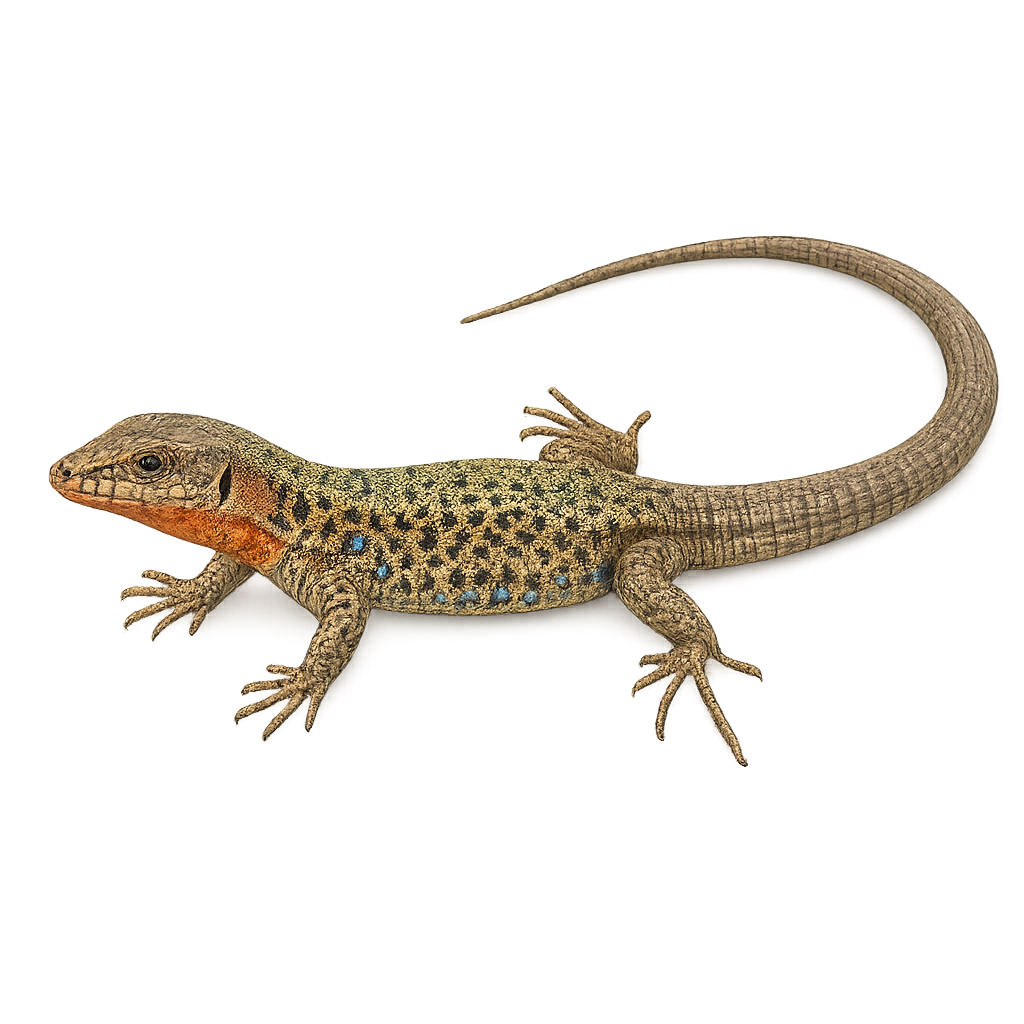Your wildlife photography guide.
Explore the greek rock lizard in detail, study its behavior, prepare your shots.
Where to observe and photograph the greek rock lizard in the wild
Learn where and when to spot the greek rock lizard in the wild, how to identify the species based on distinctive features, and what natural environments it inhabits. The WildlifePhotographer app offers tailored photography tips that reflect the greek rock lizard’s behavior, helping you capture better wildlife images. Explore the full species profile for key information including description, habitat, active periods, and approach techniques.
Greek Rock Lizard
Scientific name: Lacerta graeca

IUCN Status: Least Concern
Family: LACERTIDAE
Group: Reptiles
Sensitivity to human approach: Tolerant
Minimum approach distance: 3 m
Reproduction period: April to May
Incubation: 60–70 jours
Births: April to May
Habitat:
rocky areas, open meadows, sparse forests
Activity period :
Active during the day when temperatures are favorable, often seen basking in the sun.
Identification and description:
The Greek Rock Lizard, Lacerta graeca, is a species endemic to the Balkan Peninsula, mainly found in Greece. It is characterized by its bright green coloration with black patterns on its back, allowing it to blend effectively into its natural habitat. This lizard prefers rocky areas and open meadows, where it can bask in the sun. It is diurnal and primarily feeds on insects and other small invertebrates. Although relatively tolerant of human presence, it remains cautious and quick to hide when threatened. Its breeding season extends from spring to summer, with a gestation period of about two months.
Recommended lens:
Macro – adjust based on distance, desired framing (portrait or habitat), and approach conditions.
Photography tips:
To photograph the Greek Rock Lizard, it is advisable to use a macro lens to capture the details of its skin and distinctive patterns. Approach slowly and maintain a distance of about 3 meters to avoid startling it. Opt for early morning or late afternoon hours when the light is soft and the lizard is more active. Use a tripod to ensure camera stability and achieve sharp images. Be patient and wait for the lizard to relax in its natural environment to capture authentic shots.
The WildlifePhotographer App is coming soon!
Be the first to explore the best nature spots, track rutting seasons, log your observations, and observe more wildlife.
Already 1 431 wildlife lovers subscribed worldwide

